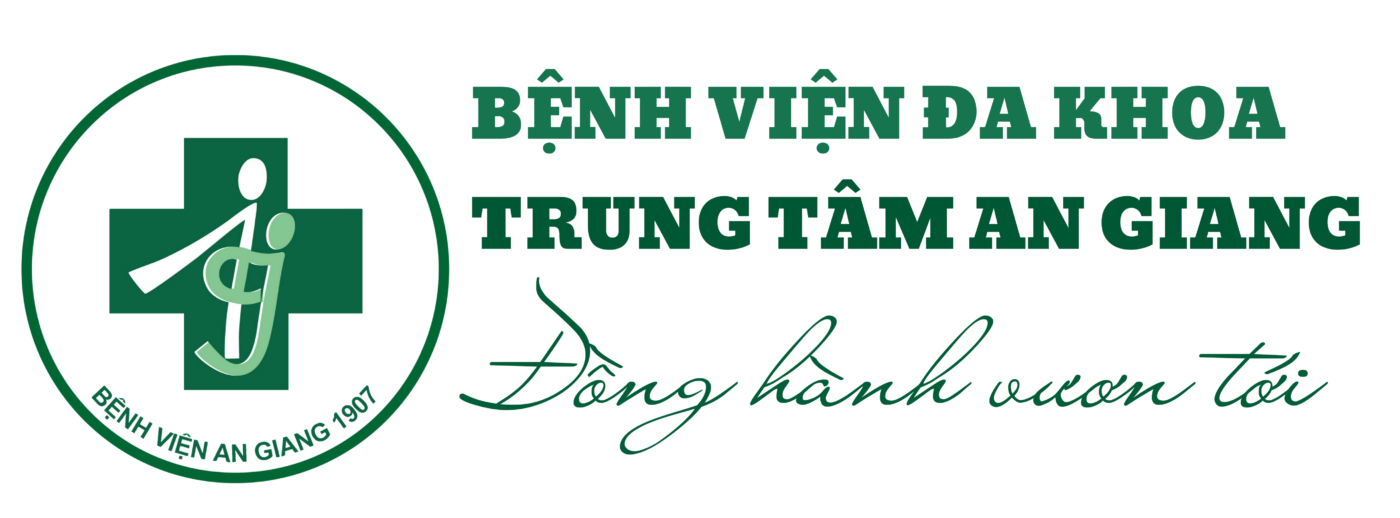Resuscitation. 2005 Feb;64(2):205-8.
Stevenson AG, McGowan J, Evans AL, Graham CA.
Department of Emergency Medicine, Southern General Hospital, Glasgow G514TF, UK.alastairstevenson@ntlworld.com
AIMS: Current guidelines for chest compressions in CPR advocate a one handed technique in children (1-8 years old) and a two handed technique in adults (>8 years old). No previous study has examined whether these two techniques generate different compression pressures. This study assesses the relative difference in intrathoracic compression pressures generated by one- and two handed chest compression techniques in a paediatric manikin.
METHODS: Randomised crossover design. Subjects performed both types of chest compressions on an adapted paediatric resuscitation manikin connected to a pressure transducer and personal computer. Ethical approval was granted.
RESULTS: A 30 volunteer subjects (9 male, 21 female) participated in the study. Their mean age was 30.8 years (S.D. 8.6), and mean weight was 70.5 kg (S.D. 12.8). The mean compression pressure was 86.6 mmHg (S.D. 13.68) for two handed and 75.1 mmHg (S.D. 12.02) for one handed (P < 0.001, paired t-test). The average peak compression pressure was 133.5 mmHg (S.D. 26.36) for two handed and 116.8 mmHg (S.D. 21.48) for one handed (P = 0.001, paired t-test); 29 found the two handed technique easier to perform.
CONCLUSION: Two handed chest compression CPR seems to be easier to perform on a paediatric resuscitation manikin and produces significantly higher mean and peak pressures. Further work is needed to determine the comparative effects on children and which technique produces better clinical outcomes.





